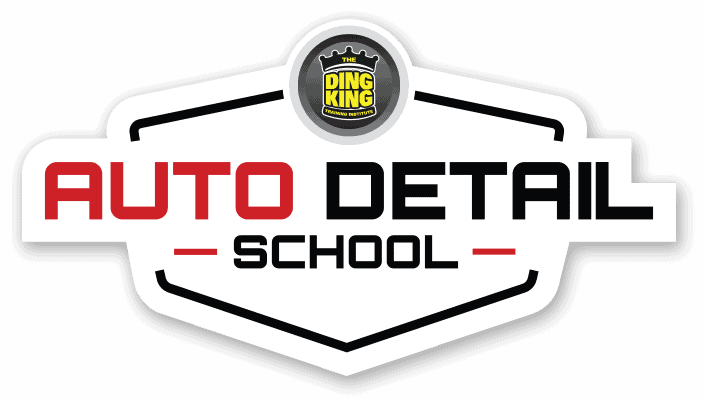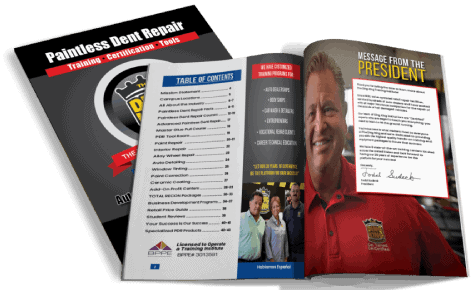[vc_row][vc_column width=”2/3″][vc_column_text disable_pattern=”true” align=”left” margin_bottom=”0″]
How To Price Your Work
Article written by: Deiter Ronal
Pricing your work is one of the keys to maintaining a healthy business. While every business wants to be competitive, you don’t want to price yourself out of the ballpark, nor out of business. Therefore, you should always consider all facts before developing a pricing proposal for any customer, particularly if you’re offering more than one service involving more than one laborer. Here are some things to consider:
1. Keep It Simple
Follow the simple formula below to help ensure that you walk away from the job with money in your pocket.
PRICING FORMULA:
(Materials + Labor + Overhead + Desired Profit = Estimate for Customer)
2. Keeping Track Of Your Material Costs
Materials are all of the tangible products that go into completing a job. These can range from interior repair flocks to windshield resin and paint supplies. To keep track of the materials that go into a job, keep a written record of the cost for each item in a job file.
3. Calculating Your Labor Costs
A variety of skills are involved in the Auto Appearance Repair business so be sure to calculate these skills and bill them out at different rates. For example, a qualified dent technician may bill a retail customer $150/hour while interior repair work may only be billable at $75/hour. When pricing a job, calculate your labor costs at the appropriate rate for each of the areas of expertise. A good way to determine an appropriate labor rate is to find out what other professionals in your area are charging. Remember, it may be tempting to discount your labor costs to meet or beat a competitor, but in the long run, most professionals find that sticking to their guns pays off.
4. Overhead Expense
This is where many professionals go wrong. Doing business involves a variety of overhead costs, and good business people build their overhead into their price estimates. Vehicle expense, insurance, fuel, phone charges and supplies are all examples of overhead expense. Calculating your overhead may be a tedious task, but one that is required nonetheless. Your overhead expenses should be added into your overall labor costs.
5. Making It Worth Your While
The last item to include into your project estimate is your desired profit. Most professionals agree that adding an additional 10% to 25% of your labor cost is a wise idea. You got into your own business for the freedom and luxury of making more money, so be sure to build you and your family’s dreams into every job.
The above five tips are examples of how to price your work. Individual jobs may require more materials, less labor, more overhead, or any combination of these. Craftsmen like you are driven by the hands-on satisfaction of performing a quality job. Remember this, there is nothing more satisfying than looking into the eyes and shaking the hand of a satisfied customer knowing you’ve done a quality job. That can almost be as satisfying as getting paid!
[/vc_column_text][/vc_column][vc_column width=”1/3″][mk_custom_sidebar sidebar=”General”][/vc_column][/vc_row]


